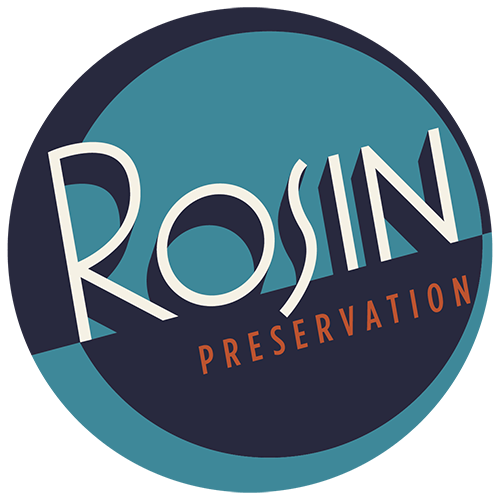
Elizabeth Rosin
Principal / CEO
Elizabeth@rosinpreservation.com
Elizabeth came into the field of historic preservation through the study of archaeology, earning her undergraduate degree from Northwestern University in anthropology and geography. She became intrigued by the buildings that emerged from the confluence of people and place. This interest spurred her to pursue a Master of Science in Historic Preservation at the University of Vermont. Since graduating in 1990, Elizabeth has held positions in both the public and private sectors that have involved her in historic preservation projects throughout the United States.
Elizabeth is drawn to projects that are out of the ordinary and that require creative thinking to achieve a successful resolution. The spectrum of building types and architectural eras represented in Elizabeth’s portfolio ranges from an early-19th century log house to 1970s office buildings and includes just about every imaginable property type in between. In addition to the survey and designation of numerous historic resources, she has consulted on over 100 historic tax credit projects representing over $1 billion of National Park Service-approved rehabilitation. National, state and local entities have conferred preservation awards to numerous of these projects. In 2014 Elizabeth was recognized as Preservationist of the Year by the American Institute of Architects – Kansas City Chapter.
After receiving certification as a Historic Real Estate Development Finance Professional from the National Development Council in 2015, Elizabeth stepped into her client’s shoes with the purchase and rehab of a 1926 brass foundry/machine shop in Kansas City’s East Crossroads neighborhood to house the Rosin Preservation offices.
Favorite historic building
The BMA Tower; Kansas City, Missouri; SOM; 1963. I love the sculptural qualities of the building and how its elegant form melds classical proportions and rhythms with modern design ideals. It is iconic.
I am a preservationist because…
finding new uses for old buildings enhances our quality of life, preserves our shared history and is good for the environment. I enjoy the challenge of making each project work – both programmatically and economically. If it makes economic sense, preservation is simply the right thing to do.
